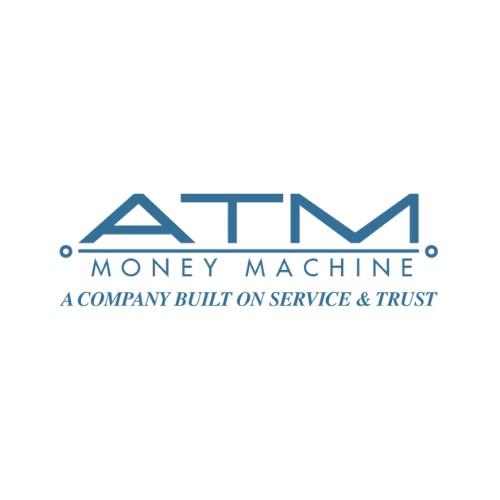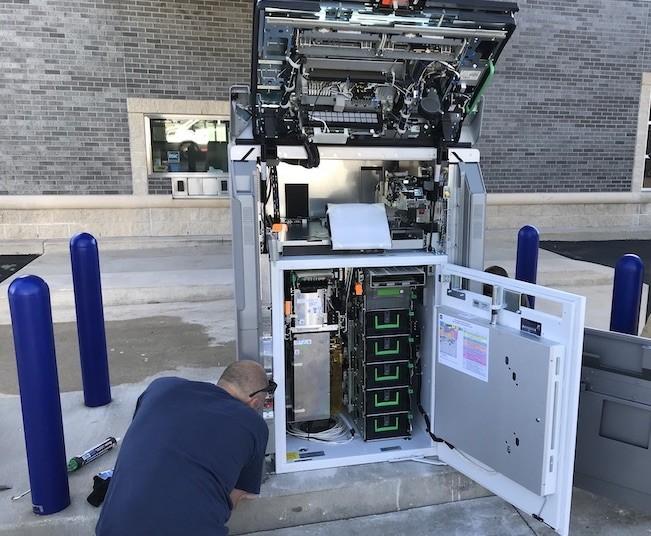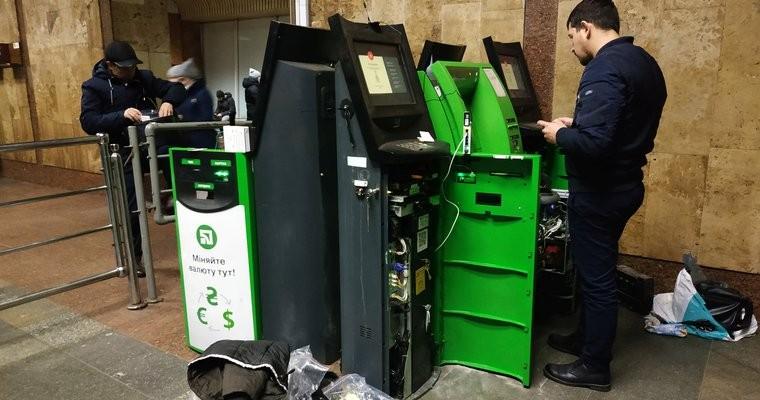

What Are the Common ATM Machine Maintenance Errors and How to Troubleshoot Them?


Automated Teller Machines (ATMs) are critical touchpoints for customer transactions, and any downtime can lead to lost revenue and customer dissatisfaction. Understanding the most common ATM machine maintenance errors and how to troubleshoot them can help ensure smooth operation, reduce downtime, and extend the machine’s lifespan.
1. Card Reader Failures
One of the most frequent ATM issues is card reader malfunction. Dirt, dust, or wear and tear can cause the card reader to reject cards or read them inaccurately.
Troubleshooting Tip:

Clean the card reader regularly using manufacturer-approved cleaning cards.
2. Cash Dispenser Jams

Cash dispenser errors can lead to failed transactions or inaccurate cash dispensing, which frustrates users and affects trust in the ATM.
Troubleshooting Tip:
Clear any visible paper or currency jams carefully. Inspect rollers and sensors for debris. Ensure the correct currency configuration is set in the system to prevent misfeeds.

3. Communication Failures

ATMs rely on stable network connections to communicate with banking servers. When network errors occur, transactions may time out or fail to process.
Troubleshooting Tip:
Check the internet or cellular connection. Reboot the ATM and router if necessary. For recurring issues, contact your network provider or IT support team to evaluate connectivity strength.
4. Printer Issues

Receipts not printing or jamming in the receipt printer is another common complaint. This could be due to empty paper rolls, misalignment, or hardware failure.
Troubleshooting Tip:
Replace paper rolls promptly and ensure they are loaded correctly. Clean the printhead and replace worn printer components as needed.

5. Software Errors

Software glitches can freeze the ATM interface, display incorrect information, or log users out unexpectedly.
Troubleshooting Tip:
Reboot the machine to reset the software. Regular software updates are critical always ensure the ATM is running the latest firmware version to prevent bugs and enhance security.

